Electric vehicles (EVs) are transforming the way we think about transportation, energy efficiency, and sustainability. As more drivers make the switch to electric, the demand for high-quality charging solutions is growing rapidly. One standout option in the market is the Clipper Creek electric car charger — a trusted name in EV infrastructure.
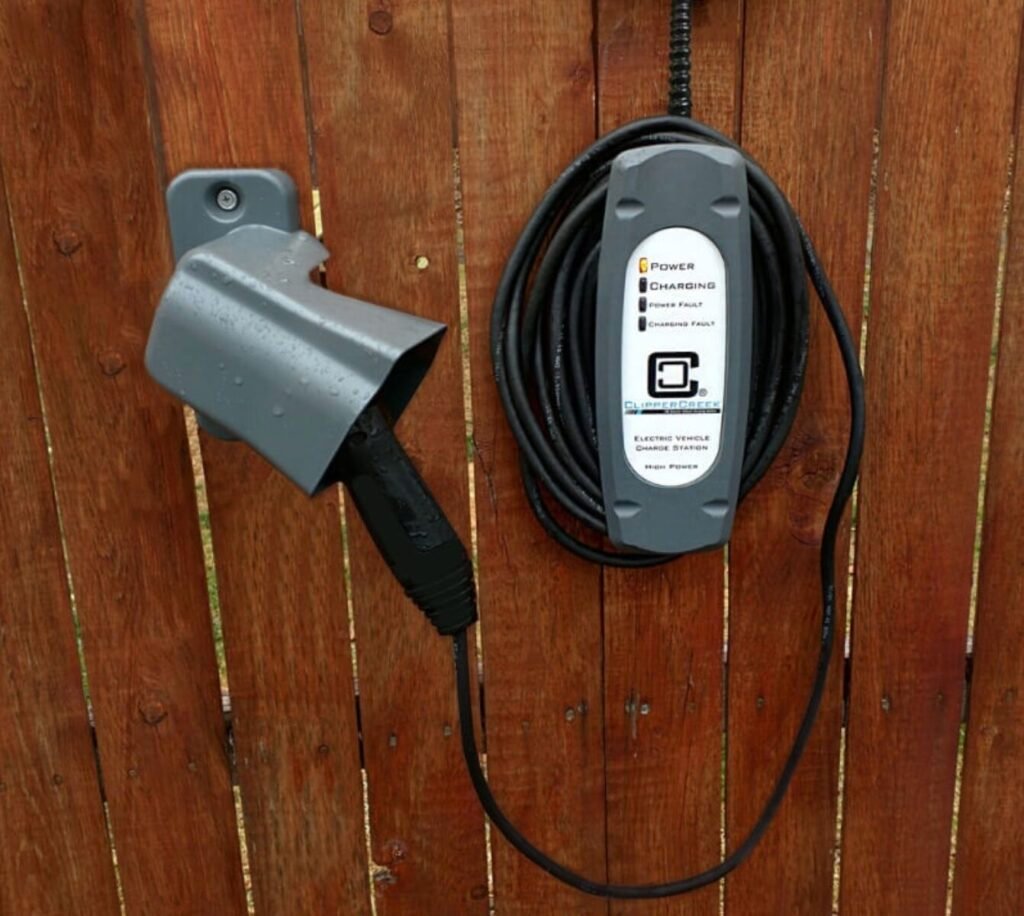
In this post, we’ll dive into what Clipper Creek offers, its key benefits, real-world use cases, challenges, and future trends shaping EV charging. Whether you’re an EV owner, a fleet manager, or just curious about the technology, this guide will help you understand the value and role of Clipper Creek chargers in today’s green driving revolution.
What Is a Clipper Creek Electric Car Charger
Clipper Creek is a U.S.-based company known for manufacturing Level 2 electric vehicle supply equipment (EVSE). Their electric car chargers are compatible with a wide range of EV brands including Tesla (with an adapter), Nissan, Chevrolet, BMW, and more.
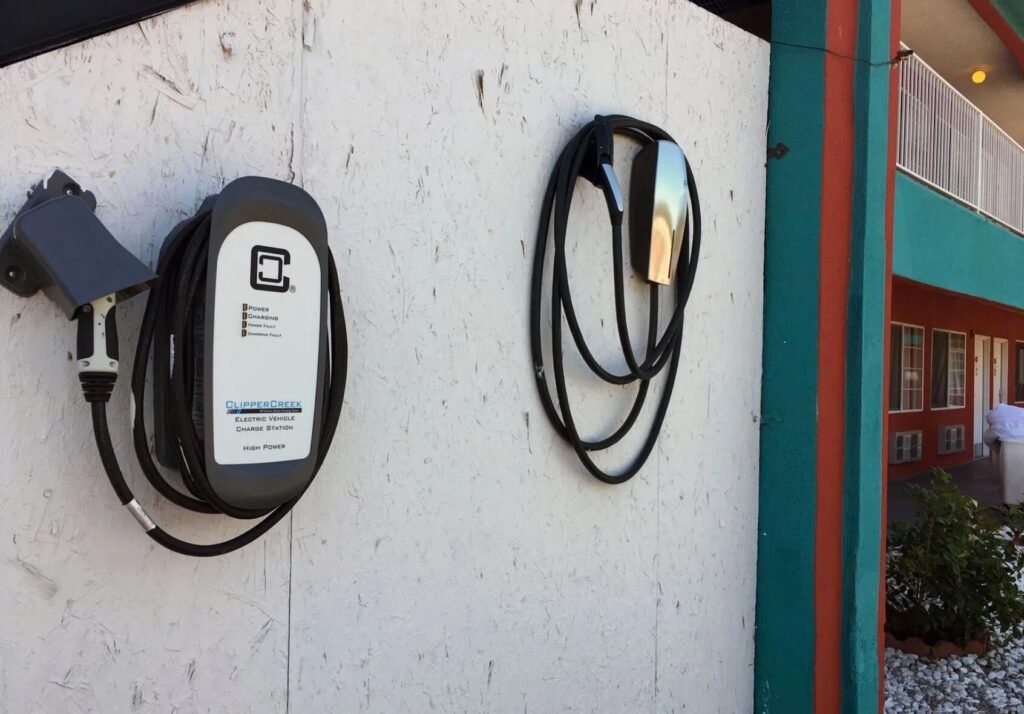
Level 2 chargers, such as those produced by Clipper Creek, provide faster charging speeds compared to standard Level 1 chargers, typically using a 240V outlet. Most Clipper Creek models deliver between 16 to 80 amps of power, significantly reducing charging times — ideal for both residential and commercial use.
Founded in 2006 and now part of Enphase Energy, Clipper Creek has built a reputation for durability, safety, and simplicity. Their products are widely used in workplaces, homes, public spaces, and fleet operations.
Key Benefits of Clipper Creek Electric Car Chargers
1. Reliable and Durable Construction
Clipper Creek products are built to last. Designed with NEMA 4 enclosures, these chargers are resistant to dust, water, and extreme weather. That means they can be installed both indoors and outdoors, providing flexibility for homeowners and businesses.
2. Universal Compatibility
All Clipper Creek chargers use the industry-standard J1772 connector, which works with nearly every EV on the road today. Tesla vehicles can also use these chargers with an included or optional adapter, ensuring broad accessibility.
3. Safety Certified
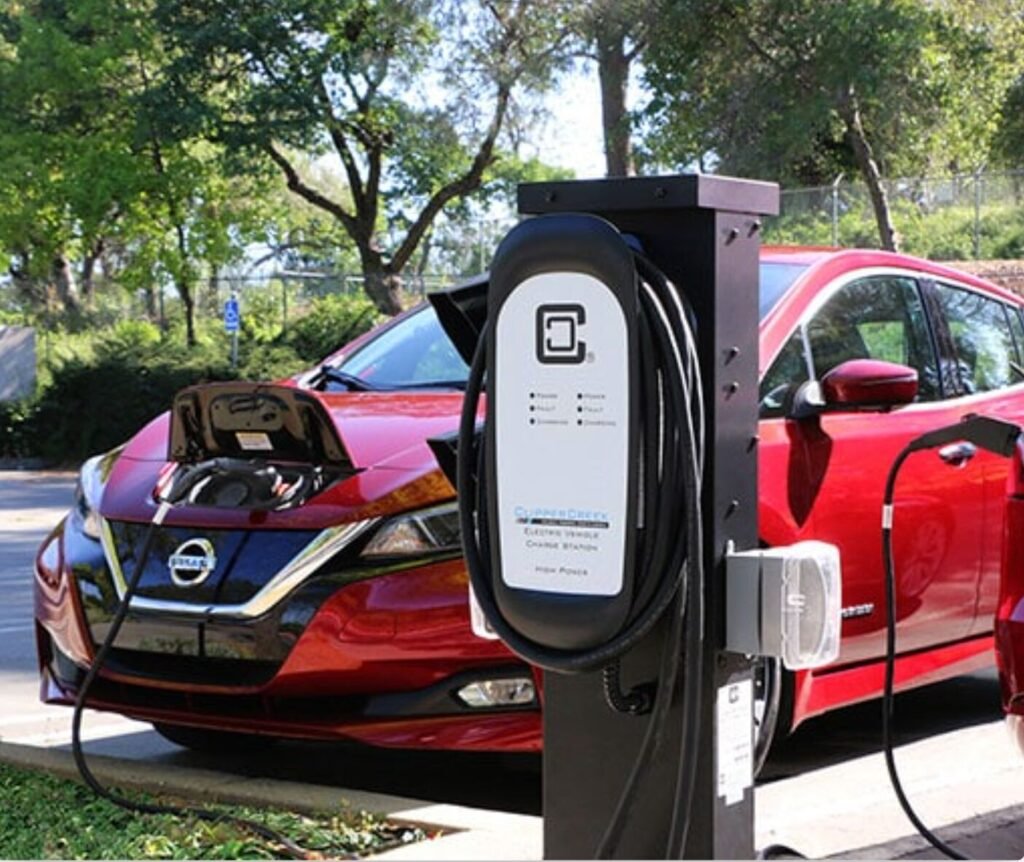
Clipper Creek emphasizes safety, with all their units certified by independent testing laboratories (such as UL). Built-in ground fault protection, automatic reset after power interruption, and thermal regulation features add extra peace of mind for users.
4. Easy Installation and Operation
Most Clipper Creek electric car chargers are designed for plug-and-play installation. Hardwired models are also available for more permanent installations. Their user-friendly design includes simple LED indicators and minimal maintenance.
5. Cost-Effective Solutions
Compared to some competitors, Clipper Creek offers reasonably priced models without sacrificing performance or quality. Their chargers often come with longer warranties and fewer hidden costs — making them an attractive choice for budget-conscious buyers.
Challenges or Limitations of Clipper Creek EV Chargers
While Clipper Creek has many advantages, it’s important to be aware of certain limitations:
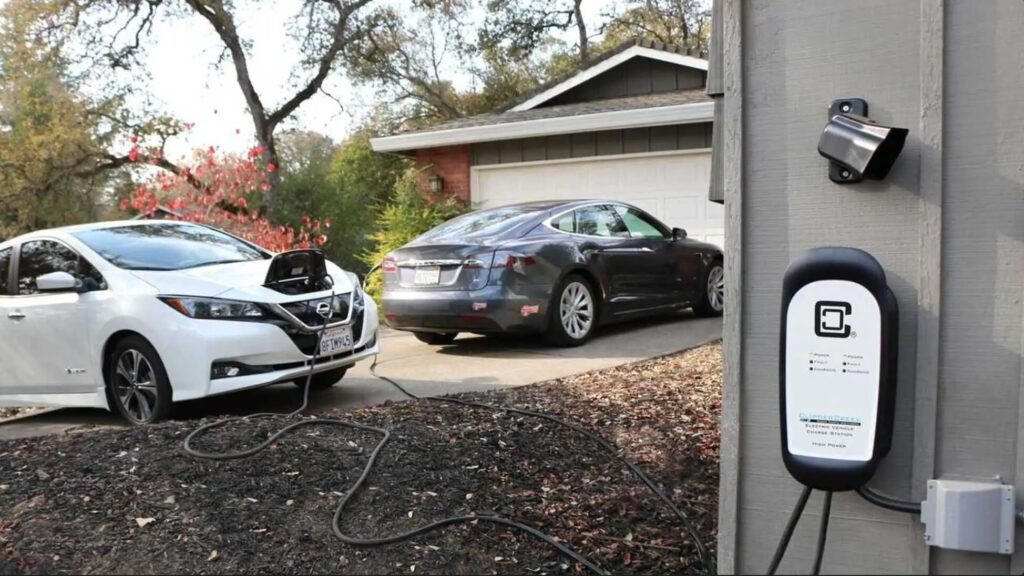
1. Lack of Smart Features
Unlike newer smart chargers that offer mobile app integration, energy usage tracking, and scheduling, many Clipper Creek models focus on simplicity over tech-heavy features. This might be a drawback for users looking for smart home integration or advanced controls.
2. No Wi-Fi or Bluetooth Connectivity
Clipper Creek chargers generally do not support wireless communication or remote monitoring. If you prefer remote control or need load balancing features across multiple units, this brand might not meet all your needs unless paired with third-party solutions.
3. Bulky Design for Some Units
Some users have noted that certain models, such as the high-amp HCS-80, are bulkier than comparable options. This can be a minor inconvenience in small garage spaces or for wall-mounted setups.
Despite these limitations, the reliability and safety of Clipper Creek electric car chargers often outweigh the absence of high-tech features for many users.
Real-World Applications and Case Studies
Residential Charging
Sarah, a Tesla Model 3 owner in Oregon, installed a Clipper Creek HCS-40 in her garage. Without needing smart features, she prioritized safety and reliability. She reports consistent charging every night, even through rainy Pacific Northwest winters.
Workplace Charging
A mid-sized law firm in Colorado installed 10 Clipper Creek dual-mount charging stations in their employee parking lot. The firm received local incentives for supporting clean transportation and now encourages eco-conscious commuting among staff.
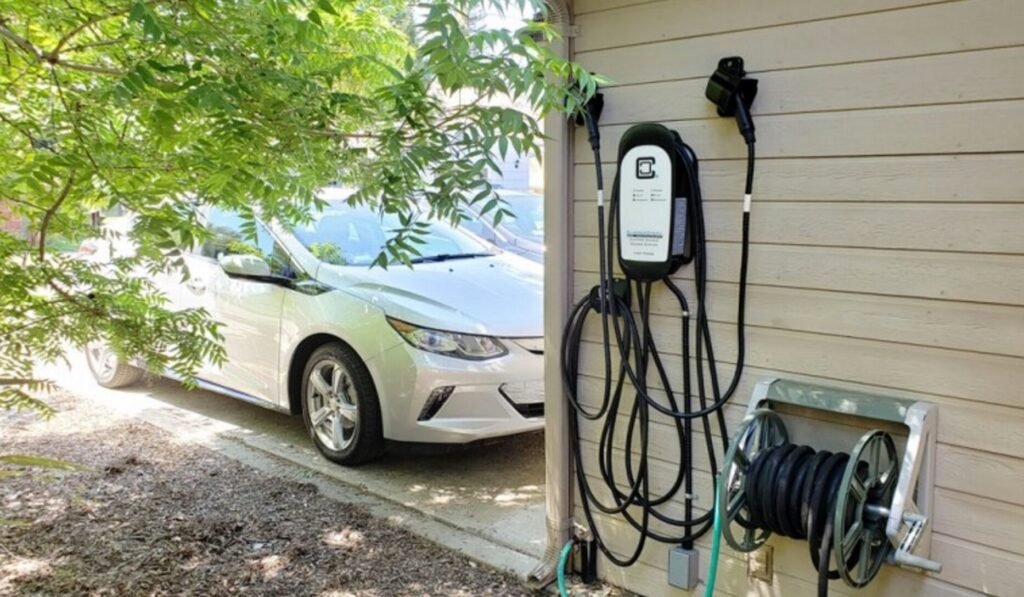
Public and Fleet Use
Several municipalities across California use Clipper Creek units in their city parking lots and fleet maintenance centers. The chargers have been praised for low maintenance and robust design — ideal for round-the-clock fleet operations.
These examples show the versatility of Clipper Creek’s offerings across diverse needs.
Future Trends and Innovations
As electric vehicles become mainstream, the EV charging industry is also evolving rapidly. While Clipper Creek currently favors simplicity and robust engineering, there are potential developments on the horizon:
1. Integration with Smart Grids
More manufacturers, including Clipper Creek, may integrate smart charging technology in the future, allowing communication with energy providers to optimize grid performance and reduce energy costs.
2. Increased Focus on Solar and Battery Storage
Given Clipper Creek’s parent company, Enphase Energy, specializes in solar tech and batteries, we can anticipate future Clipper Creek chargers that seamlessly integrate with solar panel systems and home energy storage.
3. Wider Government Incentives
As cities and countries push for net-zero carbon emissions, further public subsidies may make Clipper Creek electric car chargers more accessible to homeowners and small businesses alike.
To learn more about the environmental impact of EV adoption, you can read the Electric car Wikipedia article.
Frequently Asked Questions
What vehicles are compatible with Clipper Creek chargers?
Most EVs, including Nissan Leaf, Chevy Bolt, BMW i3, and Tesla (with adapter), are compatible with Clipper Creek electric car chargers thanks to the universal J1772 plug.
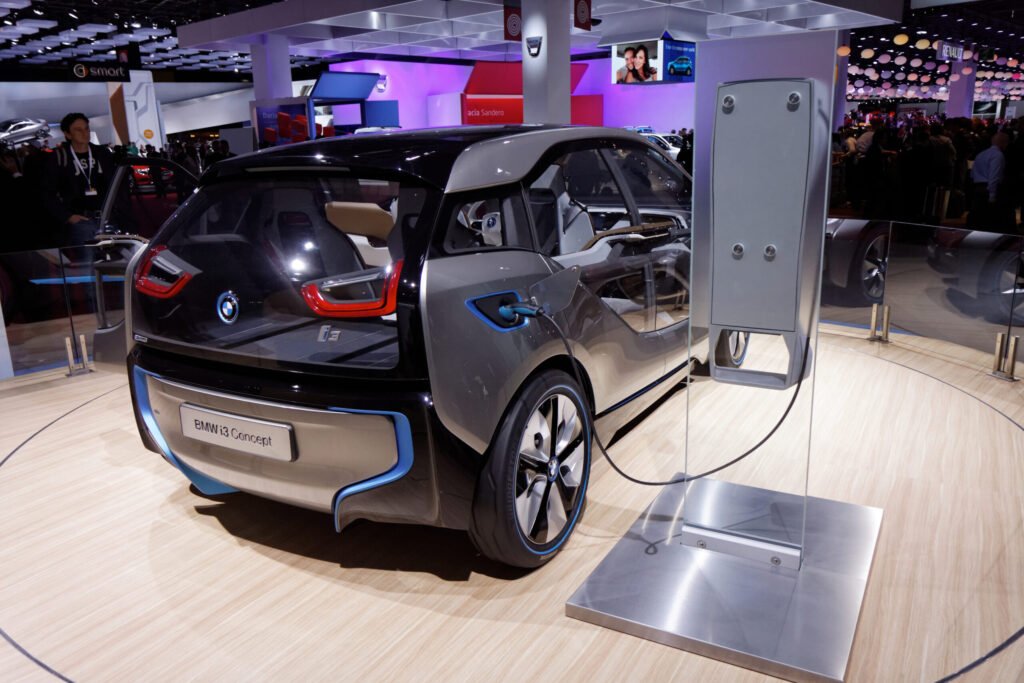
Do Clipper Creek chargers work with solar panels?
Not directly, but they can be part of a home solar system if installed alongside inverters and energy storage, particularly through integrations offered by Enphase Energy.
Are Clipper Creek chargers weatherproof?
Yes. Their enclosures are rated NEMA 4, making them resistant to rain, snow, and dust — suitable for outdoor use year-round.
How fast is the Clipper Creek HCS-40 charger?
The HCS-40 delivers 32 amps (7.7 kW) of power, which can charge most EVs in 4–6 hours, depending on the battery size and state of charge.
Can I monitor Clipper Creek chargers with my phone?
Most Clipper Creek chargers do not have smart monitoring or app-based features. If remote access is important, you may need to explore third-party accessories or different charger models.
Conclusion
The Clipper Creek electric car charger stands out for its durability, reliability, and affordability. It may not have all the smart features some modern users seek, but it delivers where it counts: safe, dependable charging for nearly every EV on the market.
Whether you’re setting up a home charging station, upgrading your business parking lot, or outfitting a municipal fleet, Clipper Creek offers time-tested solutions backed by strong warranties and excellent customer support.
Ready to explore Clipper Creek electric car chargers for your needs? Browse models and learn more on the official site or speak with a certified installer in your area.





